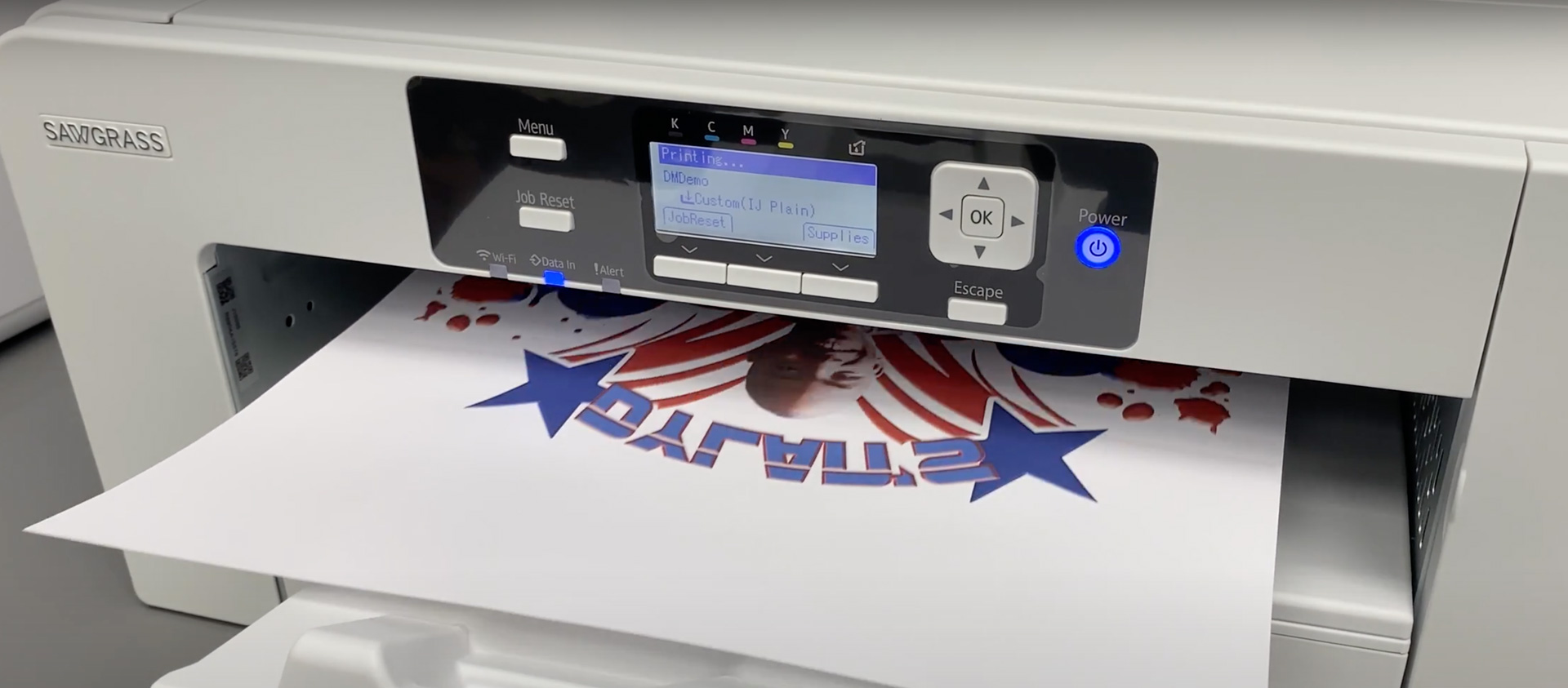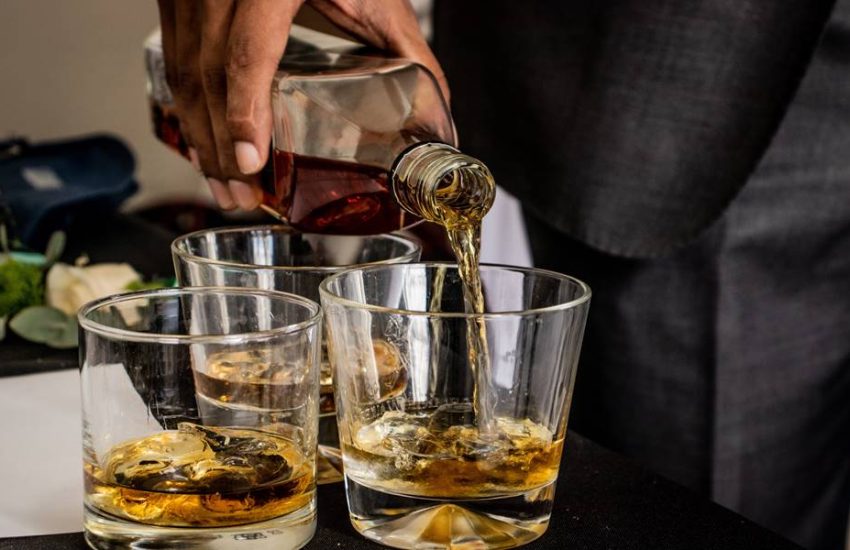The Difference Between Inkjet Printers and Sublimation Printers
One means to understand dye sublimation inks printer is to contrast them to standard inkjet printing. Here are three methods in which a colour sublimation maker varies from a conventional inkjet printer’s process as well as abilities:
- Procedure: The ribbon-heat gas creating procedure of the dye sublimation. Contrarily, an inkjet printer controls the places ink beads spray onto media from the cartridge’s nozzles. Relocation on the cartridge takes place back as well as forth, creating a spectrum of shade through the positioning of the microscopic droplets.
- Performance: The effectiveness of the dye-sublimation printers are not as great as the inkjet printer. From the former, the triad of primary colour panels does not entirely move onto the page, with the ink that continues to be on the panels will go to waste. The inkjet printer, on the other hand, will utilize the needed ink for a job.
- Image quality: Here, colour sublimation excels. Basically, colour sublimation is similar to film, while inkjet printing is similar to videos. The former develops a photo similar to standard photography, with a consistently combined colour range. A typical inkjet printer gets lesser seamless: you are able to see the primary colour dots if the photo is multiplied. It resembles a detailed computer photo.
What Products Can Be Utilized in the Dye Sublimation Printing?
These printers are not planned for regular office media, such as printer paper, tags, or envelopes. Rather, they are prominent for publishing onto coffee cups, tee shirts, as well as other novelty items.
The substratum has to be made of artificial fabric, rubber, or plastic. This technology does not operate properly with cotton or other all-natural textiles. As opposed to bonding with all-natural fibres when it finishes with synthetic ones, gas ink passes directly with all-natural textiles.
Computer mouse pads, rollercoasters, floor mats, flip-flops, swimsuits, shower curtains, event wristbands, and athletic apparel are examples of media consisting of the required materials matched to dye-sub inks printing. Beyond these broad marketing usages, the makers can be used to produce postcards or photo prints through specifically covered media, such as papers or cards.




